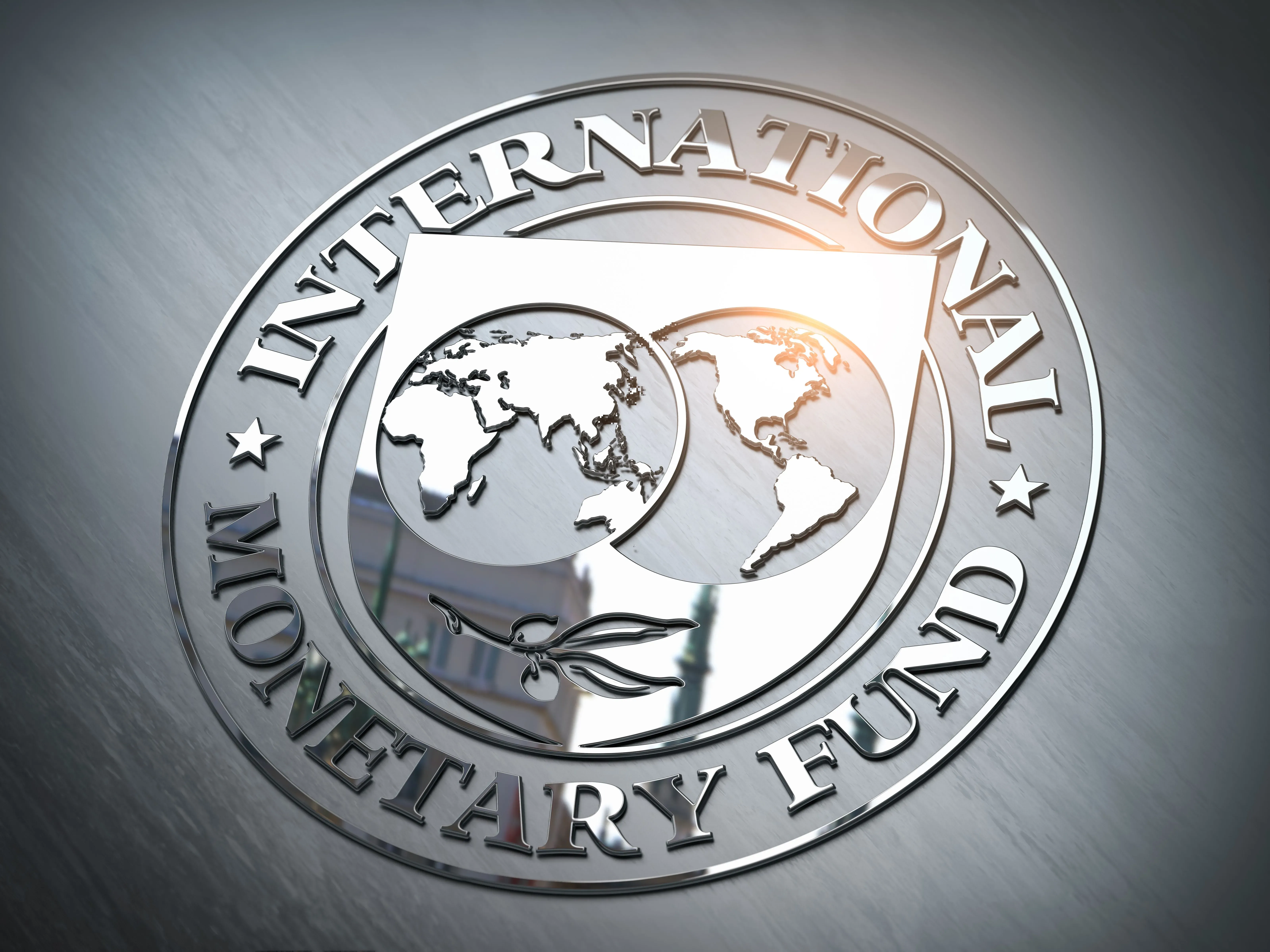The International Monetary Fund (IMF) remains very optimistic about the future of the Argentine economy. In its latest update of the World Economic Outlook report, it maintained its projection of an increase in gross domestic product by 5% for the current year and the forecast for 2026 was also raised to 5%. In the document released this Friday morning in Washington, it is estimated that Global growth will be 3.3% both in 2025 and next year, below the historical average (2000-19) of 3.7%.
In the case of Argentina, the IMF reiterated that it expects a 5% expansion in GDP and increased the forecast for 2026 also to 5%. three tenths more than in the previous report.
For Argentina’s main trading partners, the Fund generally maintained its projections. Brazil would grow 2.2% both this year and next. It also projects a progressive slowdown of the Chinese economy which went from growing 4.8% last year to a projection of 4.6% for the present and 4.5% for 2026.
In general, for the economies of emerging marketsgrowth projections remain practically unchanged, in 4.2% and 4.3% this year and next. Elevated trade and political uncertainty is contributing to a “Anemic demand in many countries, but economic activity is likely to rebound as this uncertainty clears.”
In matters of inflation, the global average is expected to decrease to 4.2% in 2025 and 3.5% in 2026. The organization considers that convergence to government goals will occur sooner in advanced economies than in emerging market and developing countries.
Divergences
The global activity forecast for 2025 remains practically unchanged compared to that presented in the previous report (released in October 2024), although with modifications between the different countries. The organization revised upwards the growth prospects for the USA and now waits for the first power grow 2.7% (an increase of half a point).
In contrast, growth in the euro zone would be only 1% from 0.8% in 2024. According to Pierre-Olivier Gourinchasthe organization’s economist, the factors that make it difficult are the weak momentum, especially in the manufacturing sector, low consumer confidence and the persistence of a negative shock in energy prices. Gas prices in Europe remain about five times higher than in the United States, up from twice as high before the pandemic. Among the countries with the lowest growth, the Germany whose activity would expand only 0.3% (a half-point cut compared to the October projection).
Gourinchas considered that the divergence between the United States and Europe is due more to structural factors and anticipated that the disconnection will persist if these factors are not addressed. It is observed persistently stronger productivity growth in the United Statesparticularly, but not exclusively, in the technology sector, linked to a more favorable business environment and deeper capital markets. Over time, this translates into higher returns on American investment, greater inward capital flows, a stronger currency, and living standards in the United States that move away from those in other advanced economies.
The economist also said that “In the case of China, it is notable that potential growth now looks more like that of other emerging market economies.”
The official warned that “In the near term, a constellation of risks could further exacerbate these divergences.” He estimated that European economies could slow more than expected, especially if investors become more concerned about the sustainability of public debt in the most vulnerable countries. He main risk – Gourinchas stated – is that the monetary and fiscal policy of the euro area runs out of room for maneuver simultaneously if weaker economic activity pushes interest rates towards the effective lower bound, while insufficient fiscal consolidation increases risk premiums, which in turn would constrain fiscal policy.
Capture.PNG
The IMF’s growth forecasts for countries in 2025.
IMF
In China It also posed problems because if fiscal and monetary measures are not sufficient to address domestic weakness, “The economy risks falling into a debt stagnation trap, in which falling prices increase the real value of debt, further undermining activity.”
Gourinchas also addressed changes under the incoming U.S. administration. Looser tax policy and deregulation efforts, “they would stimulate aggregate demand and increase inflation in the short term, since spending and investment would increase immediately.” Other policies, such as higher tariffs or restrictions on immigration, “will manifest as negative supply shocks, reducing production and increasing price pressures.”
The official considered that a combination of increased demand and reduced supply will likely revive price pressures in the United States. And he felt that higher inflation would prevent the Federal Reserve from cutting interest rates and could even require rate increases that would in turn strengthen the dollar and widen US external deficits.
“The combination of tighter US monetary policy and a stronger dollar would tighten financial conditions, especially for emerging markets and developing economies,” Gourinchas warned.
Risks
The report highlights “already robust growth in the United States” as an element that, in the short term, can contribute to a better outlook for the world economy. A few days after assuming donald trump presidency of this country, the Fund believes that a looser fiscal policy in the United States, driven by new expansionary measures such as tax cuts, could boost economic activity in the short term, with small positive repercussions on global growth.
However, “In the long term, this may require further tightening of fiscal policy that could become detrimental to markets and the economy, by potentially weakening the role of US Treasuries as a global safe asset, among other things”. Furthermore, he adds that “greater debt to finance a softer fiscal policy could increase the demand for capital globally, which would lead to rising interest rates and possibly depress economic activity in other parts of the world.
He also warns of risks amid “high political uncertainty.” In particular, he considers that the Geopolitical tensions, including those in the Middle East, and global trade frictions remain high.
Likewise, it points out that “Policy-generated disturbances in the ongoing disinflation process could interrupt the shift toward a more expansionary monetary policy, with consequences for fiscal sustainability and financial stability.”
To manage these risks, the IMF considers it necessary that policies focus on balancing the trade-offs between inflation and real activity, rebuilding buffers, and improving medium-term growth prospects through intensified structural reforms, as well as stronger multilateral rules and cooperation. .
Source: Ambito
I am Pierce Boyd, a driven and ambitious professional working in the news industry. I have been writing for 24 Hours Worlds for over five years, specializing in sports section coverage. During my tenure at the publication, I have built an impressive portfolio of articles that has earned me a reputation as an experienced journalist and content creator.




